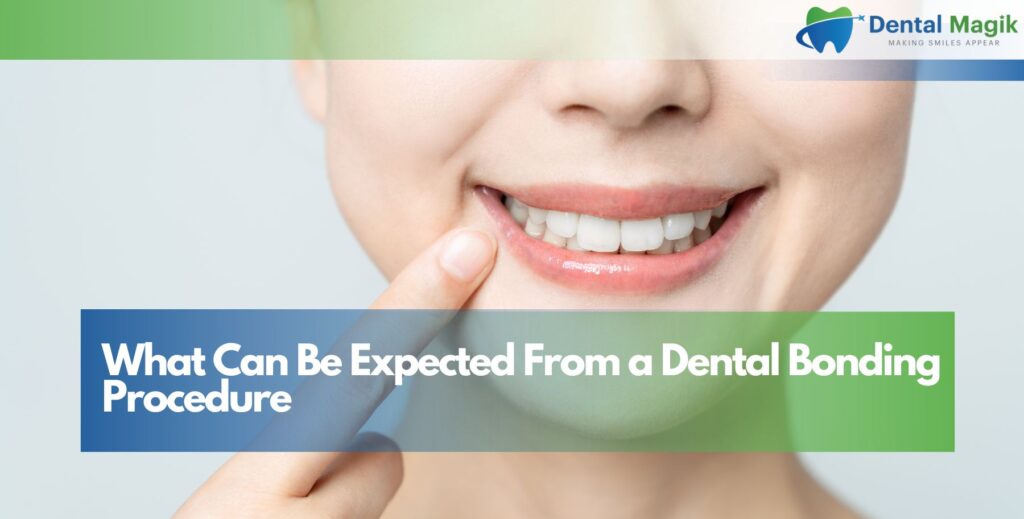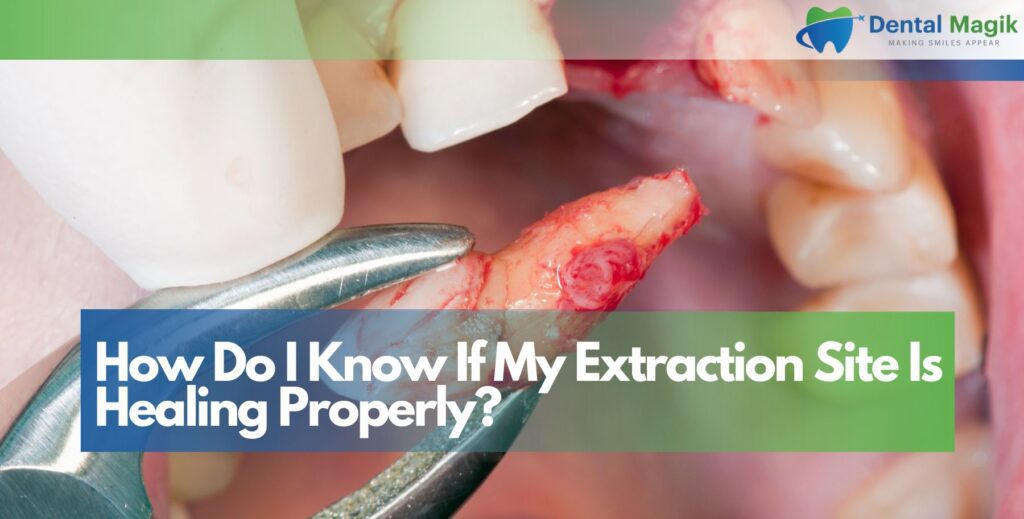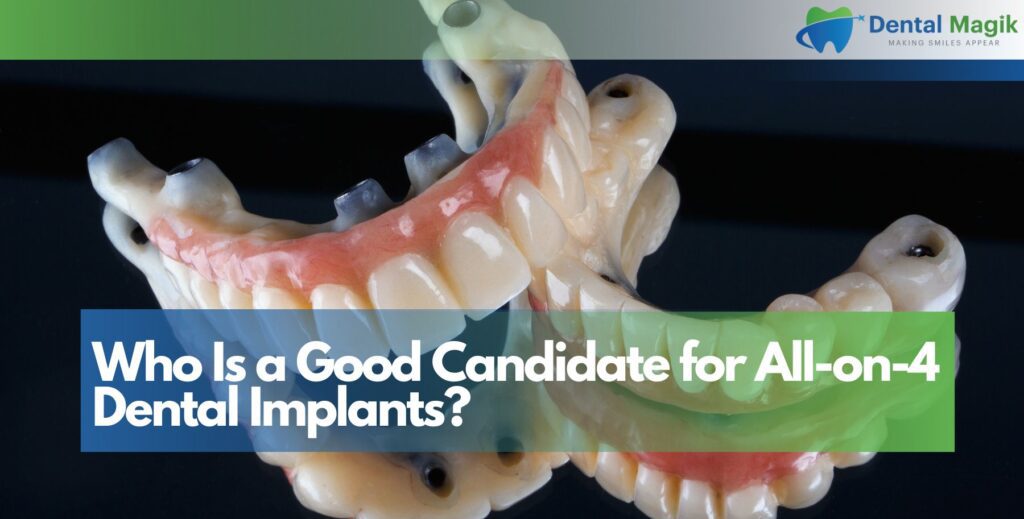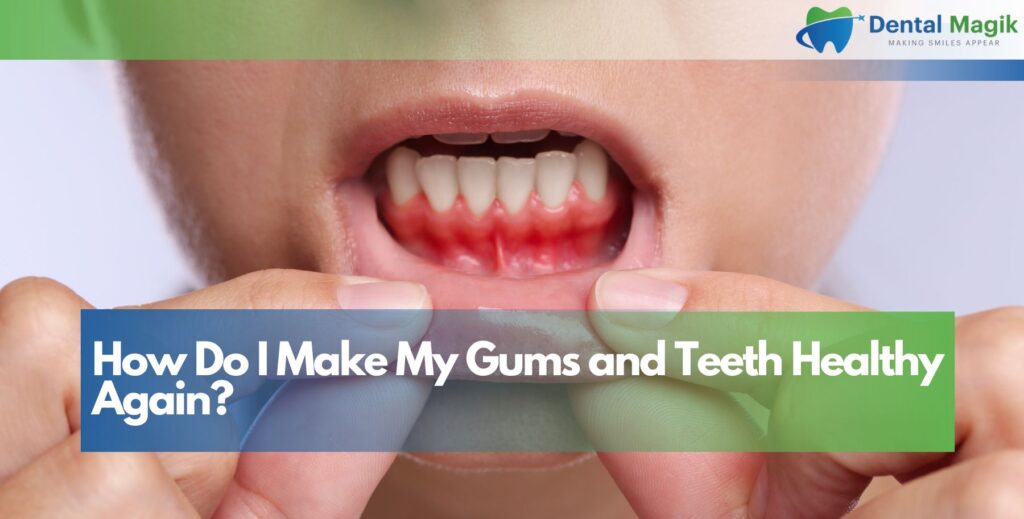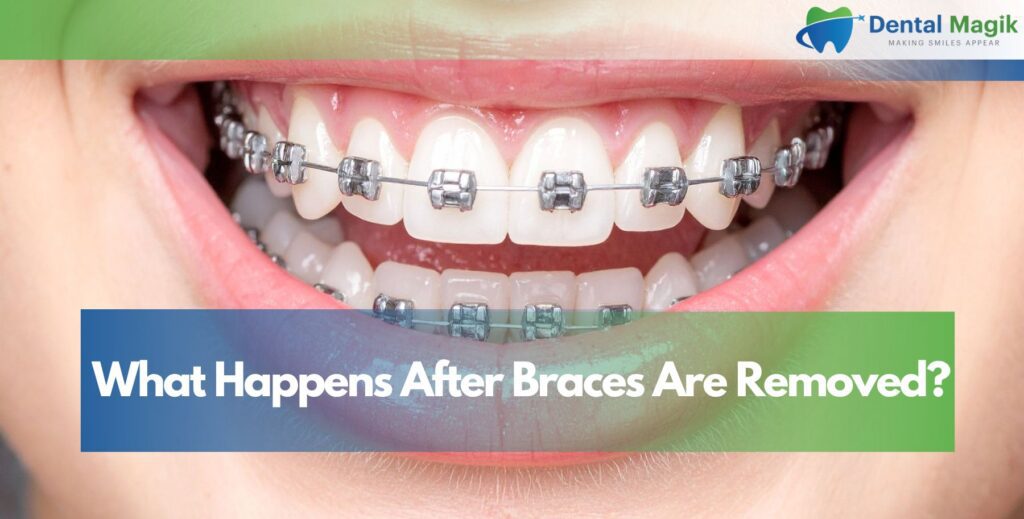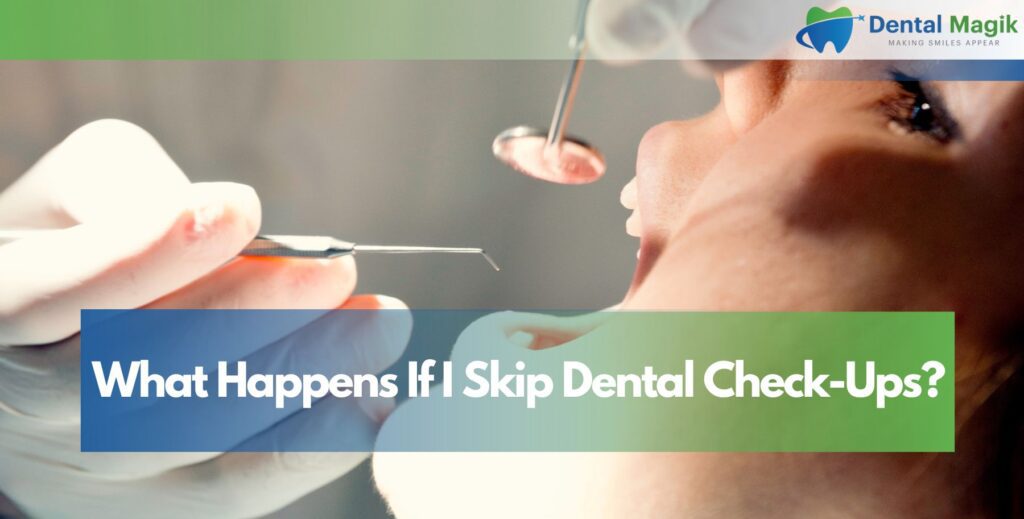Dental bonding is a minimally invasive and affordable cosmetic dental treatment used to repair chips, gaps, or discoloration. It can dramatically enhance your smile in just one visit. In this guide, you’ll learn everything from consultation to aftercare—along with how to prepare, what to expect during the procedure, and how long results last.
Understanding Dental Bonding and Its Uses
Dental bonding uses a tooth-colored resin to correct minor cosmetic flaws. It’s strong, natural-looking, and often completed in under an hour.
Common Uses for Bonding Treatment
Bonding repairs tooth chips, closes small gaps between teeth, hides minor discoloration, and improves shape symmetry. It’s also used to extend short teeth or fill shallow cavities.
Benefits Compared to Veneers or Crowns
Bonding is more affordable, requires minimal enamel removal, and can be completed in a single visit. It preserves natural tooth structure and is ideal for minor aesthetic enhancements.
Preparing for Your Dental Bonding Appointment
Proper preparation ensures your bonding procedure is smooth and enjoyable.
Initial Consultation & Shade Selection
Your dentist will evaluate your tooth, discuss goals, and select a shade-matched resin so the bonded tooth blends seamlessly with your natural teeth.
Cleaning and Tooth Preparation
The treated tooth is cleaned and lightly etched to help bonding adhere better. Since enamel removal is minimal, there’s usually no need for anesthesia on small repairs.
What Happens During a Dental Bonding Procedure
Bonding is generally quick, painless, and requires no drilling or discomfort.
Applying and Sculpting the Composite Resin
Dentist applies putty‑like composite resin, then sculpts it into the right shape and tooth contour. You can watch the transformation unfold in real time.
Curing and Finishing the Bond
Once shaped, a special light cures the resin—hardening it to match natural tooth strength. The dentist polishes it to a smooth finish, making it indistinguishable from your real tooth.
Immediate Results: Smile Transformation in a Single Visit
One of the major benefits of bonding is instant improvement.
Visible Enhancement Right Away
Most patients walk out with noticeably improved teeth—whiter, smoother, and more even—with no need for temporaries or additional appointments.
Minimal Sensitivity After Bonding
You may feel mild sensitivity for a few days, but there’s typically no nerve discomfort since dental bonding is surface-only and non-invasive.
Dental Bonding Aftercare Tips for Long-Lasting Results
After the procedure, your bonded teeth don’t need special care—but a few habits can keep them looking great longer.
Brushing and Flossing Daily
Use a non-abrasive fluoride toothpaste and a soft-bristled toothbrush. Floss gently to avoid tugging on the bonded edges.
Avoiding Staining Foods and Drinks
Right after bonding, teeth are slightly more prone to stains. Avoid coffee, red wine, tea, berries, and tobacco for at least 48 hours. Long-term, minimize these or rinse after consuming.
Use a Mouthguard If You Grind Teeth
If you suffer from bruxism, ask your dentist for a nightguard. Grinding can weaken and chip bonded teeth over time.
How Long Does Dental Bonding Last?
Dental bonding typically lasts 3 to 10 years, depending on your oral habits and the tooth’s location.
Front Teeth vs Back Teeth Durability
Bonding on front teeth tends to last longer because they face less biting pressure. Back teeth bonding wears faster due to chewing forces.
When to Replace or Touch-Up Bonding
If the bonded area becomes stained, chipped, or worn, your dentist can smooth, polish, or reapply the resin. Regular dental exams will catch this early.
What Does Dental Bonding Cost?
Dental bonding is one of the most cost-effective cosmetic dentistry options.
Average Cost Per Tooth
The average cost for bonding a tooth ranges from $100 to $500, depending on the tooth location, amount of work needed, and your region.
Is Bonding Covered by Insurance?
If bonding is done for repairing a chipped or decayed tooth, dental insurance may cover part of the cost. For purely cosmetic changes, it’s typically out of pocket.
Limitations of Dental Bonding to Keep in Mind
While dental bonding is quick and affordable, it’s not always the best choice for every case.
Not Ideal for Large Restorations
For deep cavities or major chips, your dentist may recommend a crown or veneer, which offer more durability and structural support.
May Chip Easier Than Other Restorations
Bonding is strong, but not as tough as porcelain or gold. Avoid chewing hard foods like ice or using teeth to open packages.
Who is the Ideal Candidate for Dental Bonding?
Dental bonding is a great solution for many—but not all—patients.
Best for Minor Aesthetic Corrections
Ideal candidates have minor cosmetic flaws such as tooth gaps, discoloration, or chipped enamel—and healthy surrounding teeth and gums.
Good Oral Habits Improve Results
If you brush, floss, and visit your dentist regularly, your bonding can last many years and maintain its natural appearance.
Conclusion
Dental bonding is one of the most versatile, quick, and cost-effective cosmetic dentistry treatments. Whether you want to fix a small chip, close a gap, or brighten a discolored tooth, bonding delivers instant results with minimal prep and no downtime.
If you’re looking to enhance your smile without invasive procedures, it’s time to talk to a Dentist in East Brunswick, NJ who specializes in cosmetic solutions. With the right approach and expert care, dental bonding can restore your confidence—one tooth at a time.
FAQs
Is dental bonding painful?
No. The procedure is usually pain-free and doesn’t require anesthesia unless a cavity is being filled.
How long does the procedure take?
Most dental bonding treatments are completed in 30 to 60 minutes per tooth—often in a single visit.
Does bonding look natural?
Yes. Your dentist uses shade-matched composite resin to blend with your surrounding teeth for a seamless look.
Can I eat after bonding?
Yes. But avoid hard or sticky foods for the first 24–48 hours to let the bonding fully settle.
Is bonding permanent?
No. Dental bonding is a semi-permanent solution and may need touch-ups or replacement after several years.
Can dental bonding fix crooked teeth?
Bonding can help with minor alignment issues, but severe crookedness may require braces or Invisalign.
Will bonded teeth stain over time?
Yes, but more slowly than natural teeth. Avoid staining foods and beverages, and don’t smoke.
Can I whiten bonded teeth?
No. Whitening gels don’t work on bonding. It’s best to whiten your teeth before bonding if needed.
What should I do if my bonding chips?
See your dentist. Most chips can be easily repaired or reshaped during a short appointment.
Who should I see for dental bonding?
Choose a skilled cosmetic dentist with experience in composite materials for long-lasting, natural-looking results.

